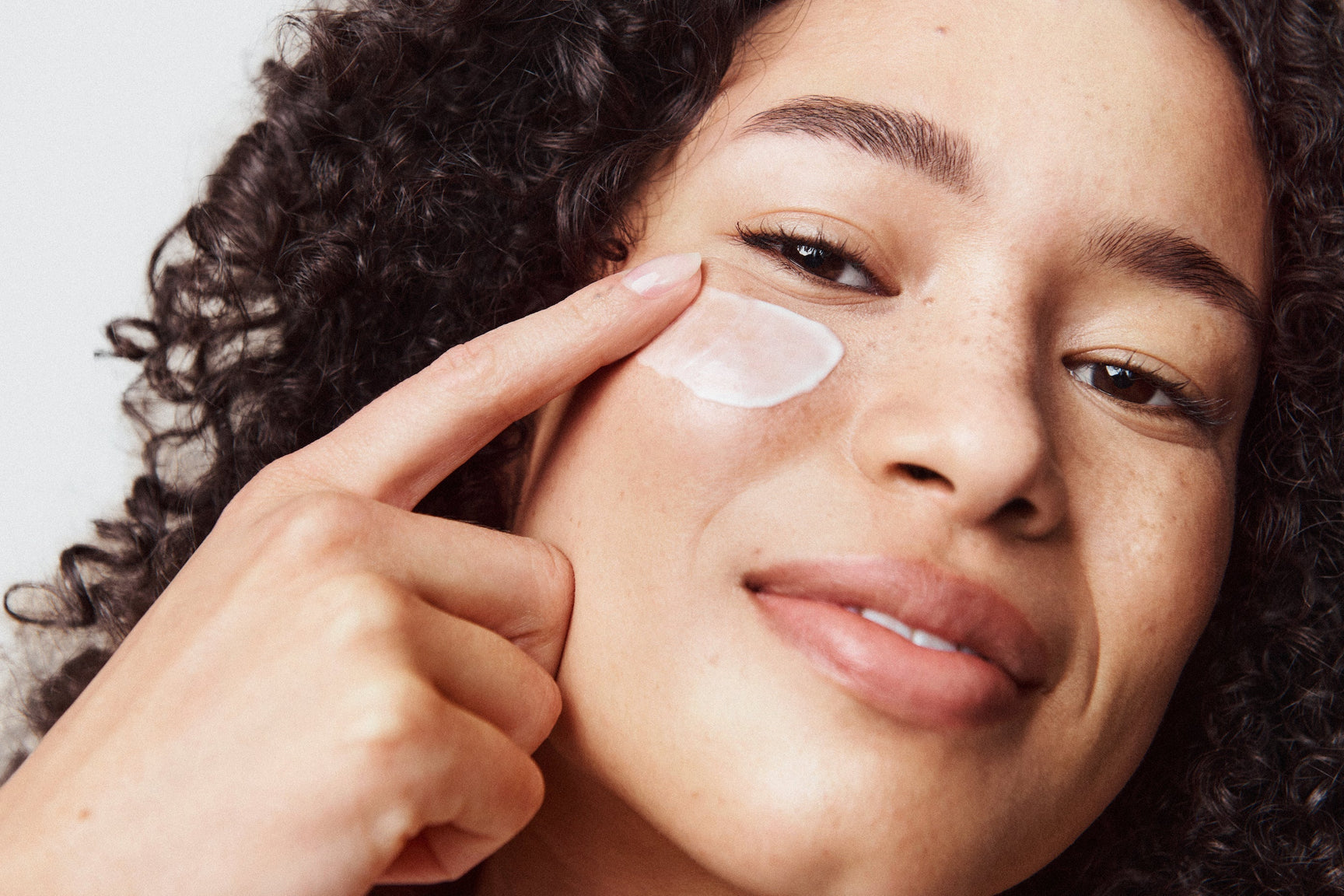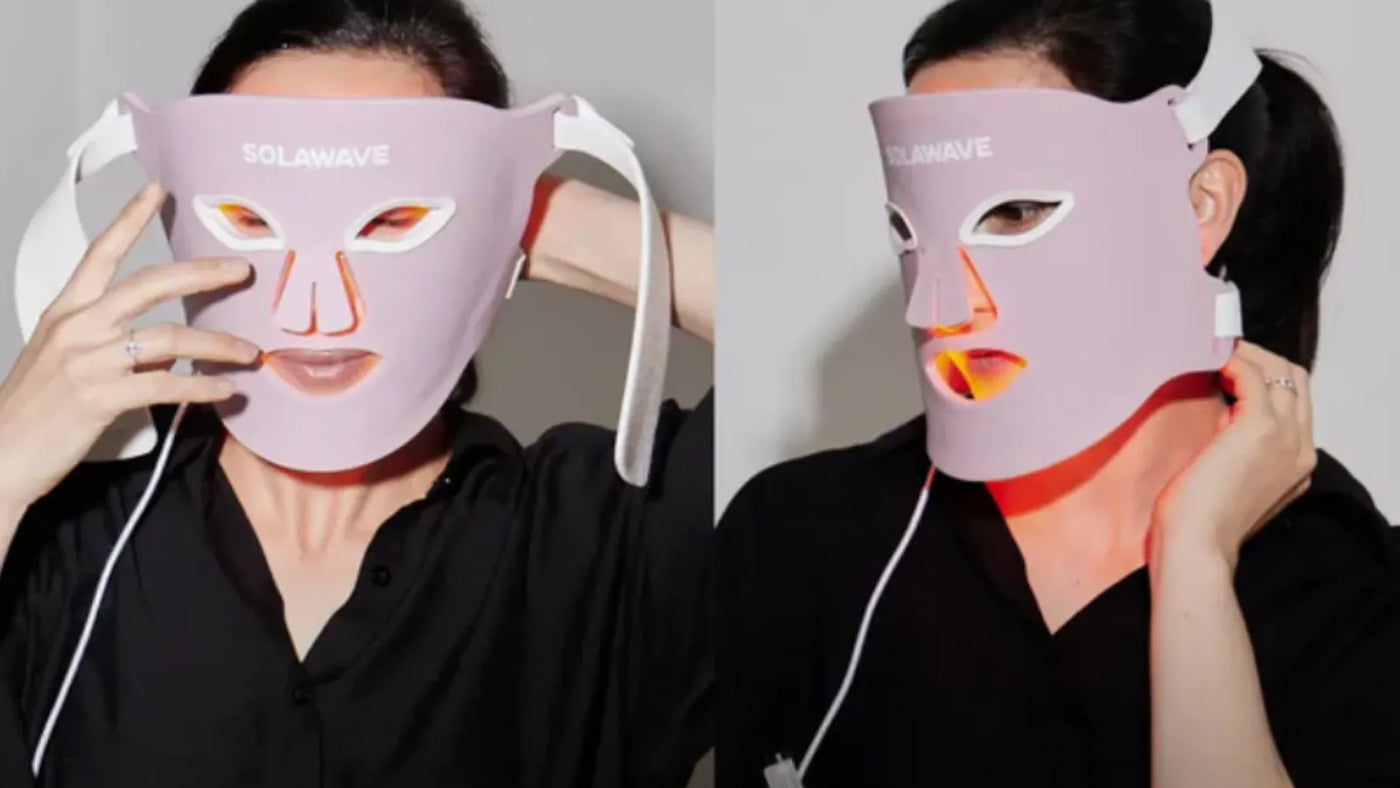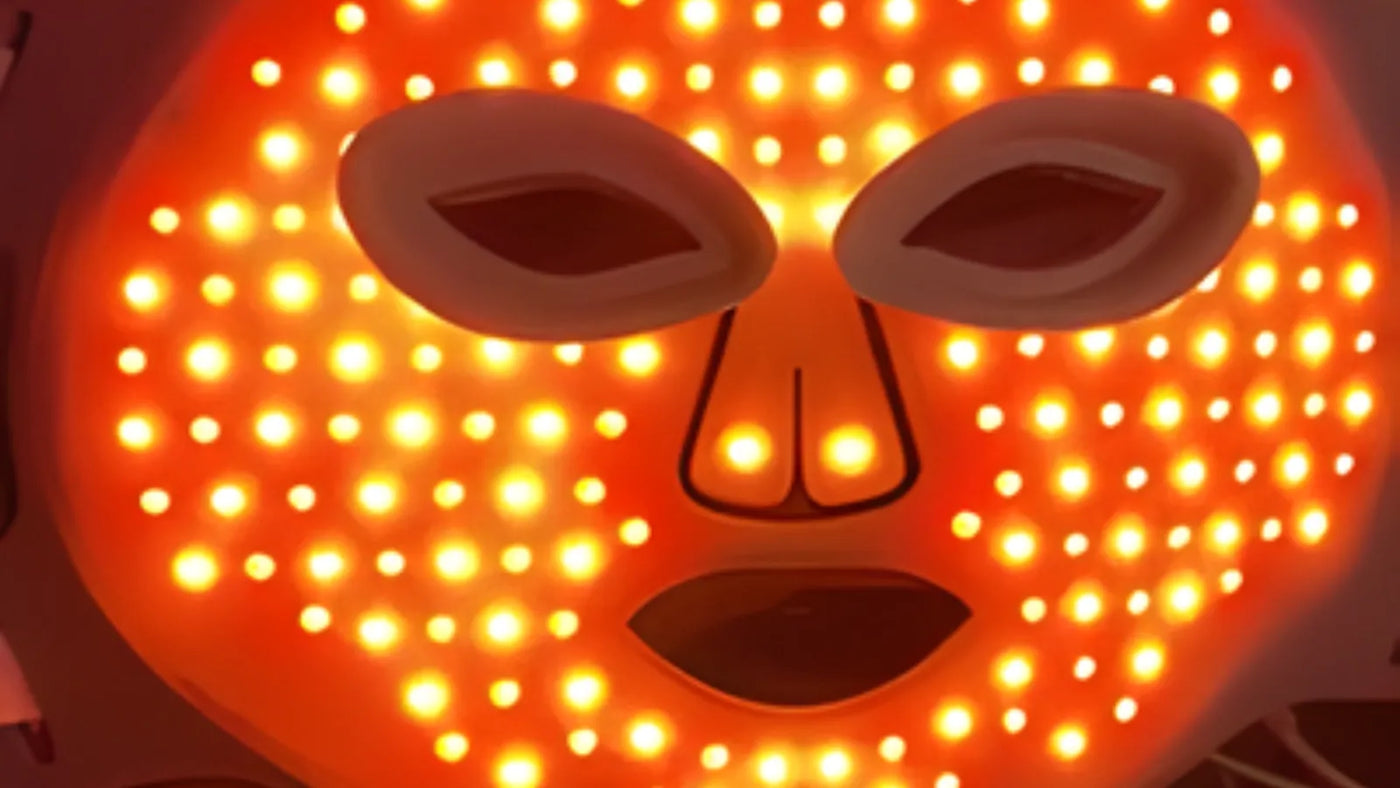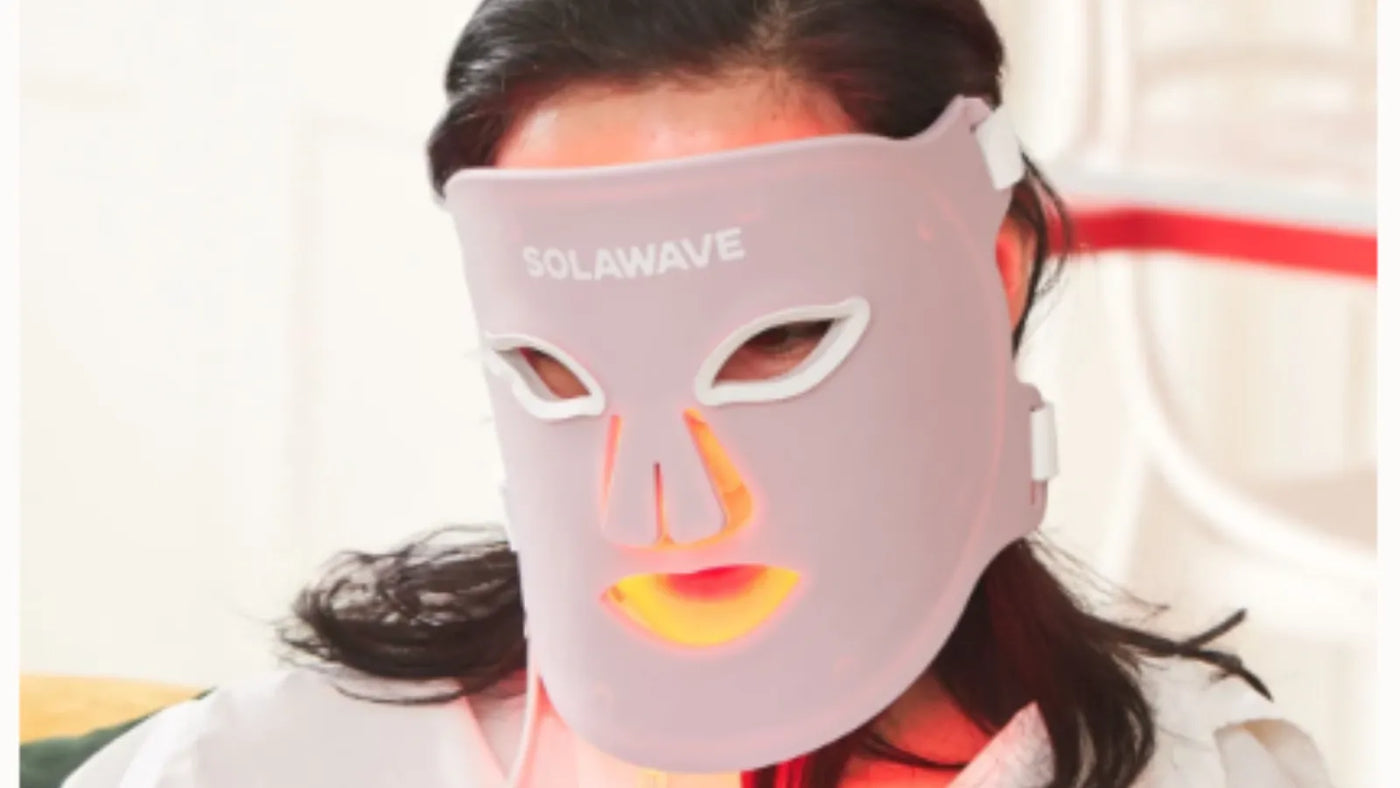

How To Get Rid of Dark Circles
Under-eye dark circles are one of the most common and prominent signs of skin aging and fatigue. While there's always the option to conceal with makeup or depuff with chilled tea bags as a temporary fix, understanding the root causes and effective treatments is key to achieving a brighter, more rejuvenated look. Let's explore how to get rid of dark circles for good.
What Are Dark Circles and Why Do They Occur?
Dark circles are the darkened, discolored areas of skin that appear under the eyes, often creating a tired or aged appearance. Biologically, they are complex and result from several factors. One primary cause is the natural thinning of the skin in the periorbital area (the area around your eyes). This skin is already the most delicate on your body, and as it thins with age, the dark blood vessels and underlying muscle become more visible.
Additionally, a reduction in collagen and fat pads under the eyes as we age can create hollows, known as tear troughs. These depressions cast shadows that intensify the look of dark circles. Factors like genetics, sleep deprivation, dehydration, and lifestyle choices can further exacerbate their appearance. Poor circulation and fluid retention can also lead to puffiness, which casts shadows and worsens discoloration.
Common Causes of Dark Circles
The appearance of dark circles is often multifactorial, stemming from a combination of hereditary, lifestyle, and aging-related influences.
- Aging: As we age, our skin naturally loses collagen and grows thinner, a process that is especially noticeable around the delicate eye area. This thinning exposes the dark blood vessels beneath the skin more prominently. The loss of subcutaneous fat also creates a recessed or hollow look, deepening the shadows under the eyes.
- Genetics: Genetic predisposition plays a significant role. If dark circles are a common trait in your family, you may be more likely to develop them due to inherited traits like thinner skin or higher levels of pigmentation (periorbital hyperpigmentation) under the eyes. This can be visible even from childhood.
- Fatigue and Sleep Issues: Lack of quality sleep is a well-known culprit. It can cause the skin to become dull and pale, making the dark blood vessels underneath more apparent. When you're sleep-deprived, fluid can also accumulate beneath your eyes, leading to puffiness that casts shadows and emphasizes the circles.
- Eye Strain In our digital age: Staring at screens for prolonged periods is a common habit. This can cause significant strain on the eyes, leading the blood vessels around them to enlarge and become more visible, thus darkening the skin's appearance.
- Allergies and Dehydration: Allergic reactions trigger the release of histamines in the body, which can cause blood vessels to dilate and become more visible, particularly under the eyes. Dehydration is another key factor; when your body lacks sufficient water, the skin under your eyes can look dull and sunken, accentuating dark circles.
- Sun Exposure: Overexposure to the sun can prompt your body to produce an excess of melanin, the pigment that gives skin its color. This can lead to hyperpigmentation in the skin around the eyes, making dark circles more pronounced.
- Lifestyle Choices: Habits such as smoking, high caffeine intake, and excessive alcohol consumption can worsen dark circles. Smoking impairs circulation and damages skin health, while alcohol and caffeine can lead to dehydration, making the skin under the eyes appear more sunken and the circles more defined. Furthermore, high stress levels can disrupt sleep and accelerate skin aging.
How To Brighten Dark Circles From Home
Brightening dark circles at home can be both convenient and effective. With targeted skincare and innovative technology, you can rejuvenate your under-eye area for a naturally radiant look.
Use a Red Light Therapy Device
Red Light Therapy is a gentle, non-invasive treatment that utilizes specific wavelengths of light to penetrate the skin. It is celebrated for its ability to support healthy collagen production, which helps combat the visible signs of skin aging. This process thickens the skin and improves its structural integrity, making the underlying blood vessels less visible. By enhancing circulation and reducing inflammation, red light therapy can also diminish puffiness and the bluish tint associated with poor blood flow.
For targeted treatment of dark circles and puffiness, a specialized red light therapy eye mask is an excellent choice. These masks are designed to fit the contours of your eyes, delivering light energy precisely where it's needed most. For broader concerns, a versatile red light therapy wand can be used on the entire face, including the under-eye area. This wand combines four technologies: Red Light Therapy, therapeutic warmth to reduce puffiness, galvanic current to enhance hydration, and a gentle facial massage. For optimal results with the wand, it's essential to use it with a conductive, water-based serum like the LightBoost Red Light Therapy Hyaluronic Serum, which allows the galvanic current to work effectively.
Consistent, 10-minute sessions are key to seeing results. At-home options like Solawave's devices are FDA-cleared, making them safe and reliable for regular use. As more brands enter the market without this clearance and its associated safety protocols, choosing an FDA-cleared device is crucial for your peace of mind.
Skincare Solutions
A high-quality eye cream is essential for targeting dark circles. Look for formulations with these key ingredients in Solawave's skincare collection:
- Hyaluronic Acid This powerful humectant attracts and retains moisture, providing deep hydration. By plumping the skin, it helps smooth fine lines and reduce the sunken appearance that makes dark circles noticeable. You can find this in the LightBoost Red Light Therapy Hyaluronic Serum.
- Vitamin C A potent antioxidant, Vitamin C is known for its brightening properties that reduce discoloration and even out skin tone. It also helps neutralize free radicals that cause skin damage.
- Peptides These amino acid chains are vital for collagen production. They help improve skin firmness and elasticity, reducing the appearance of fine lines and creating a smoother, more youthful look.
- Niacinamide Also known as Vitamin B3, niacinamide reduces inflammation and improves the skin barrier. It helps even out skin tone by minimizing pigmentation. Try the LightBoost Niacinamide Face and Neck Serum for these benefits.
- Retinol A derivative of Vitamin A, retinol accelerates cell turnover to smooth texture and improve the appearance of fine lines. It can help fade dark circles over time by renewing skin cells.
- Caffeine: Often found in eye creams like the LightBoost Collagen & Caffeine Eye Cream, caffeine helps constrict blood vessels, which can reduce puffiness and the appearance of dark circles.
Cold Compresses
Applying a cold compress can constrict blood vessels, which helps reduce swelling and inflammation, making dark circles less noticeable. Safe and effective options include:
- Cooling Eye Gels and Balms Stored in the refrigerator, these products provide an instant cooling sensation that de-puffs and refreshes tired eyes.
- Hydra-Gel Eye Patches Infused with soothing ingredients, these patches hydrate and calm the skin. A 15-minute application can help reduce puffiness and nourish the under-eye area.
- Chilled Tea Bags or Cucumber Slices Classic home remedies like placing chilled, caffeinated tea bags or cucumber slices on the eyes for about 10-15 minutes can also help reduce puffiness and soothe the skin.
In-Clinic Treatments
For persistent dark circles, professional treatments may offer more dramatic results, though they often come with higher costs and potential downtime. A dermatologist can recommend the best option for you.
- Chemical Peels A light chemical peel using acids like glycolic acid can help lighten dark pigmentation under the eyes by exfoliating the top layers of skin.
- Laser Therapy Laser treatments use heat energy to vaporize damaged cells and can target the darker pigment under the eyes. This therapy may also stimulate new collagen formation.
- Dermal Fillers Injectable fillers containing hyaluronic acid can be used to add volume to the tear trough area. This helps smooth out the hollows that cause shadows, reducing the appearance of dark circles.
- Blepharoplasty In this surgical procedure, a surgeon removes or repositions fat from the lower eyelid to reduce the shadow cast by a puffy lid, which can diminish the appearance of dark circles.
Additional Tips to Reduce Dark Circles
- Prioritize Quality Sleep Aim for 7–9 hours of restful sleep nightly to allow your skin to rejuvenate.
- Stay Hydrated Drink plenty of water and eat hydrating foods like cucumbers and watermelon to maintain skin elasticity.
- Maintain a Healthy Diet A balanced diet rich in antioxidants (berries, leafy greens) and vitamins supports overall skin health.
- Manage Stress Incorporate stress-reducing activities like yoga or meditation into your routine to prevent sleep disruption and premature aging.
- Protect Your Skin Always apply a broad-spectrum sunscreen with at least SPF 30 around the eyes and wear sunglasses to prevent sun-induced hyperpigmentation.
About Solawave
Solawave is a 30+ award-winning skincare brand dedicated to making advanced at-home treatments accessible to everyone. Loved by celebrities and recommended by estheticians, Solawave focuses on integrating science-backed, FDA-cleared light therapy with innovative skincare to create effective rituals. The investment in your skin health is made even more accessible as many Solawave purchases may be eligible for coverage with FSA/HSA funds.
Conclusion
Embracing a holistic approach is the most effective way to manage and reduce the appearance of dark circles. By prioritizing quality sleep, proper hydration, a balanced diet, and stress management, you create a strong foundation for vibrant skin. To specifically target dark circles, incorporate high-quality skincare and innovative treatments like a Red Light Therapy Mask. With consistency and the right tools from our shop, you can achieve a noticeably brighter and more youthful-looking complexion.
Frequently Asked Questions
When should I see a doctor?
While dark circles are usually a cosmetic concern and not a sign of a medical problem, you should consider consulting a healthcare professional in certain situations. It's advisable to see a doctor if you notice the darkening or swelling appears only under one eye and gets progressively worse over time.
Additionally, if your dark circles persist despite trying home remedies and lifestyle changes, or if they are accompanied by other symptoms like fatigue, puffiness, or changes in your vision, a medical evaluation is recommended. A doctor, such as a dermatologist, can help determine if there is an underlying issue like allergies, anemia, thyroid conditions, or other health problems causing the circles. They can also offer more advanced treatments like prescription creams, chemical peels, laser therapy, or injectable fillers.
Is it possible to remove dark circles permanently?
The possibility of permanently removing dark circles depends heavily on their underlying cause. If the circles are caused by lifestyle factors like lack of sleep or poor diet, making consistent changes can lead to long-term improvement. However, if genetics or the natural aging process are the primary causes, completely permanent removal is challenging.
Medical treatments can offer long-lasting, and in some cases, semi-permanent results. For example:
- Dermal fillers can correct volume loss under the eyes for several months to over a year, but the treatment needs to be repeated to maintain the effect.
- Laser therapy can reduce pigmentation and improve skin texture, offering results that can last for years, though new pigmentation can develop over time.
- Blepharoplasty, a type of lower eyelid surgery, offers the most permanent solution by surgically removing or repositioning fat to eliminate hollows and shadows. However, even surgery cannot stop the natural aging process.
What deficiency causes dark circles?
Dark circles can sometimes be an indicator of certain nutritional deficiencies. The most common deficiency linked to dark circles is iron deficiency anemia. When the body lacks iron, it cannot produce enough hemoglobin, which is responsible for carrying oxygen to tissues. This leads to poor oxygenation, making the delicate skin under the eyes appear pale and causing the dark blood vessels beneath to become more visible.
Other vitamin deficiencies that may contribute to the appearance of dark circles include a lack of:
- Vitamin B12: A deficiency can lead to anemia and poor circulation.
- Vitamin K: This vitamin is essential for blood clotting and circulation. A lack of it can cause blood vessels to become weak and leak, contributing to discoloration.
- Vitamin C: Important for collagen production and skin health, a deficiency can make skin thinner and blood vessels more apparent.
- Vitamin E: An antioxidant that helps protect skin from damage.























